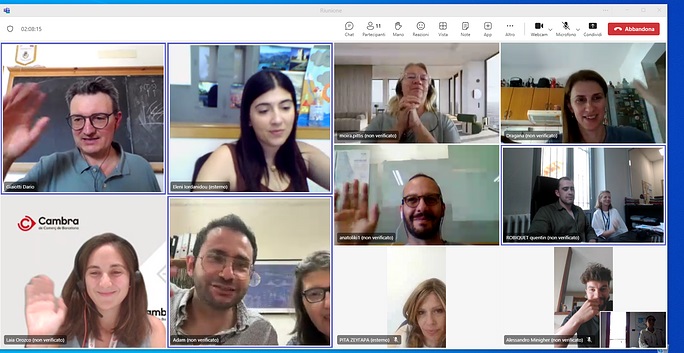On June 6th, the MedSeaRise team met online and detailed the Phase B of the methodology for stakeholder engagement.
A description of every project partner of the datasets, and how to use the plots produced by the project’s scientific team. With stakeholders identified, each partner will send invitations for one or more meetings. These meetings could be “traditional” to ensure a high level of information and awareness, or “brief” to focus on information gathering.
The main objective is to present the project goals, including a sketch of expected projections related to global climate change and its effects.
These plots provide a useful description of anomalies in sea level, temperature, and precipitation variables that will impact each local partner’s area.
At the end of the meetings, the role of stakeholders in the project will be discussed, information will be gathered, and the stakeholders’ relationship with the set of case studies for the next phases will be mentioned.
The project aims to conduct case studies to explore risk assessment and sensitivity to sea level rise trends.
As sea level rise could impact two main risk categories—ecosystems and human activities such as tourism, industry, and commerce—the case studies will be guided by:
✔The relevance of risk for each stakeholder class in the area,
✔The information stakeholders share,
✔The scientific data and knowledge available.


